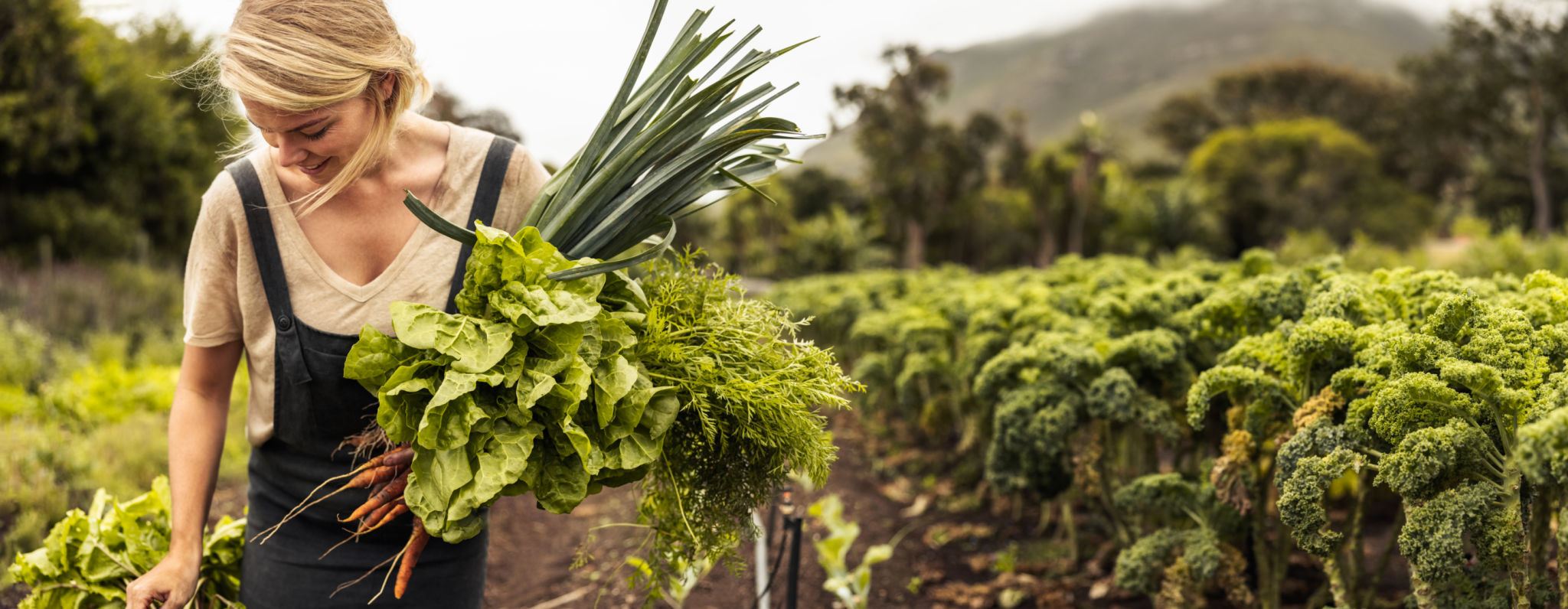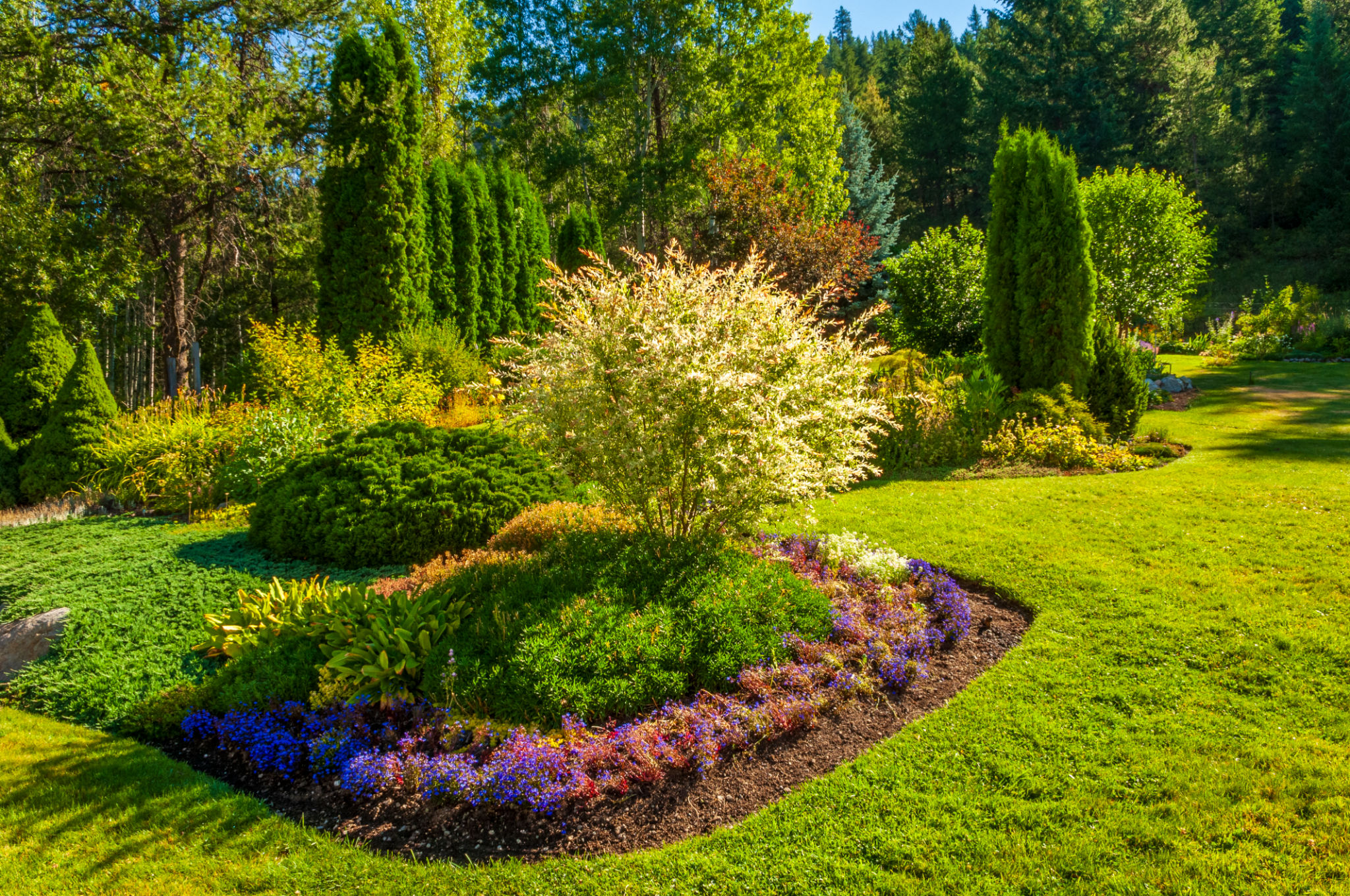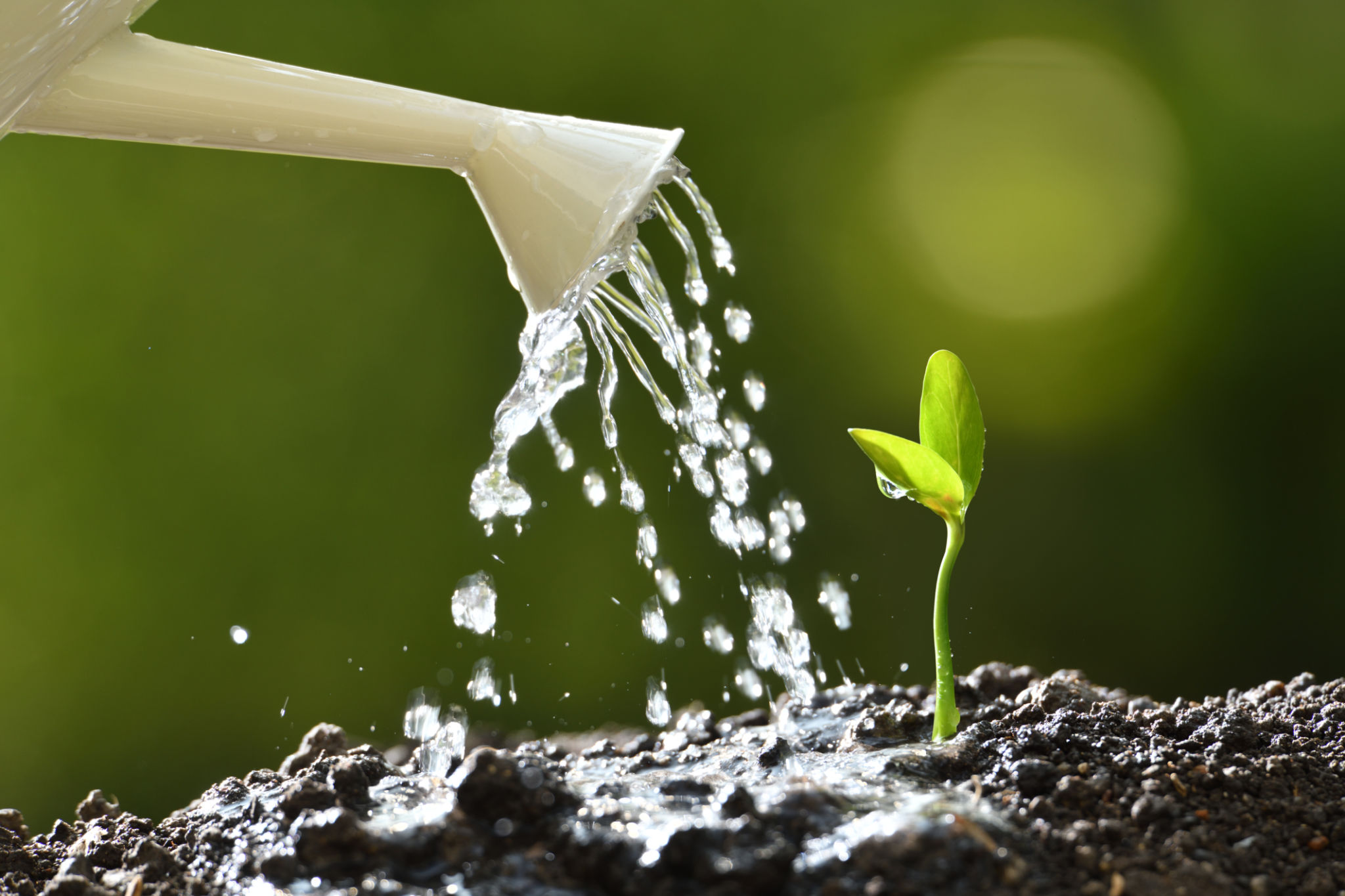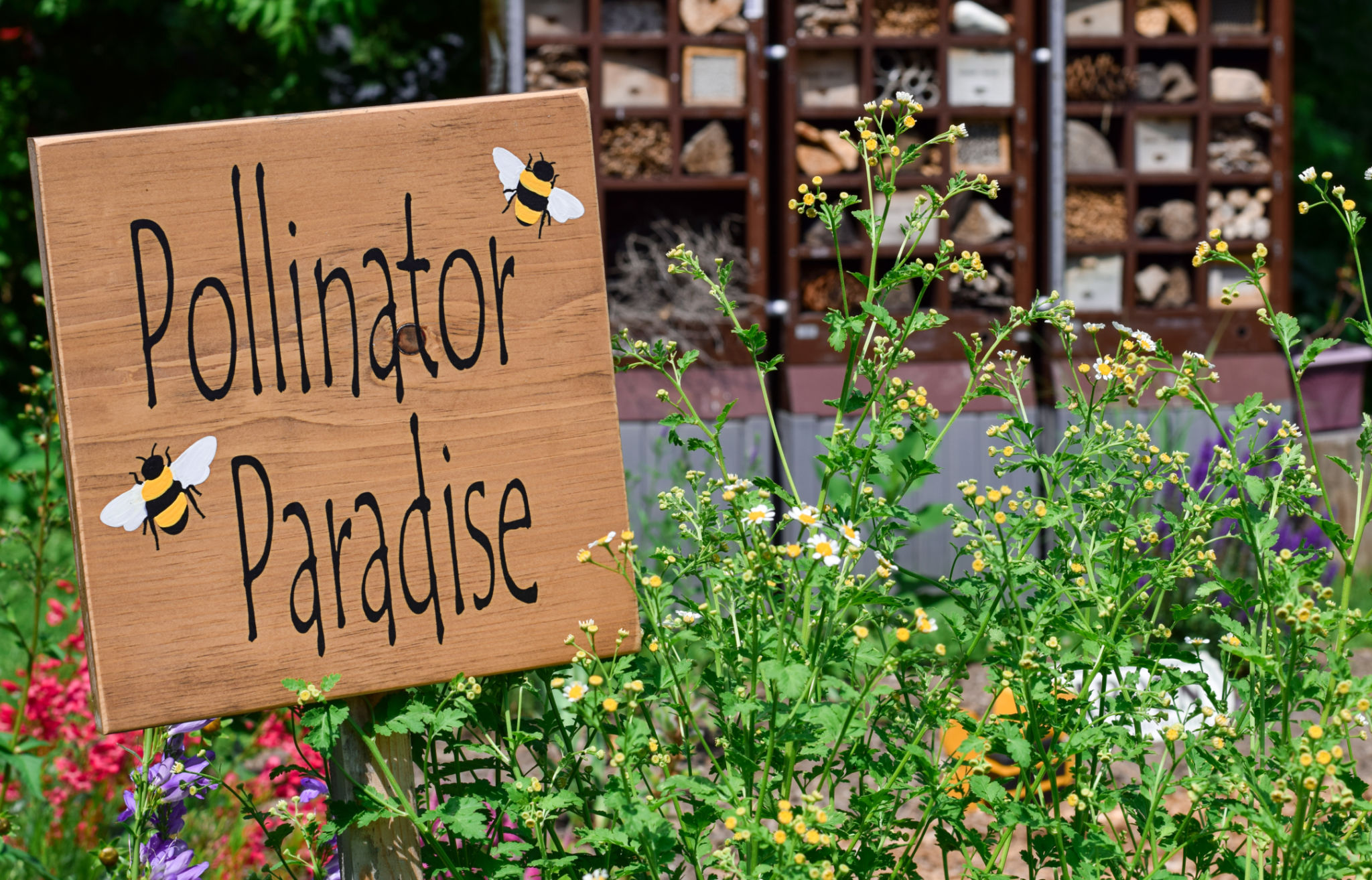How to Create a Sustainable Garden in Galena: Step-by-Step Guide
Understanding the Basics of Sustainable Gardening
Creating a sustainable garden in Galena is a rewarding endeavor that not only enhances the beauty of your home but also contributes positively to the environment. The key to sustainability is working with nature, not against it. This involves using resources wisely, reducing waste, and promoting biodiversity.

Before you begin, it’s crucial to understand the local climate and soil conditions. Galena experiences a variety of weather patterns, so choosing plants that are native or well-adapted to these conditions is essential. Native plants require less water, fertilizer, and pest control, making them a sustainable choice.
Planning Your Sustainable Garden
Start by sketching out a design of your garden. Consider the sunlight, shade, and wind patterns in your yard. Group plants with similar needs together to reduce water usage and simplify maintenance. Incorporating a mix of trees, shrubs, and ground cover can enhance biodiversity.
Think about incorporating elements such as rain gardens or swales to manage stormwater naturally. This not only conserves water but also prevents erosion and reduces runoff pollution.

Soil Health and Composting
The foundation of any sustainable garden is healthy soil. Test your soil to determine its pH and nutrient levels. Improve soil health by adding organic matter such as compost. Composting kitchen scraps and yard waste reduces landfill contributions and enriches the soil naturally.
Mulching is another effective strategy. A layer of organic mulch helps retain moisture, suppress weeds, and gradually enriches the soil as it decomposes.
Water Conservation Techniques
Water conservation is critical in sustainable gardening. Install a rain barrel to collect rainwater for irrigation purposes. Drip irrigation systems are efficient at delivering water directly to the plant roots, minimizing evaporation and runoff.

Choose drought-tolerant plants whenever possible and water during the early morning or late evening to reduce evaporation losses. Mulching also plays a vital role in maintaining soil moisture.
Encouraging Biodiversity
Encouraging biodiversity in your garden creates a more resilient ecosystem. Plant a variety of species to attract beneficial insects, birds, and pollinators. Avoid using chemical pesticides as they can harm these helpful creatures.
Create habitats such as birdhouses or insect hotels to support wildlife. A small pond or water feature can attract amphibians and other wildlife, adding another layer of biodiversity to your garden.

Maintaining Your Sustainable Garden
Regular maintenance is key to a thriving sustainable garden. Monitor plant health, removing any diseased or dead material promptly to prevent the spread of pests or diseases. Rotate crops annually if you grow vegetables to maintain soil health and reduce pest buildup.
Be patient and observe how your garden changes with the seasons. Sustainability is a journey, not a destination, and each year will bring new lessons and improvements to your garden design.
